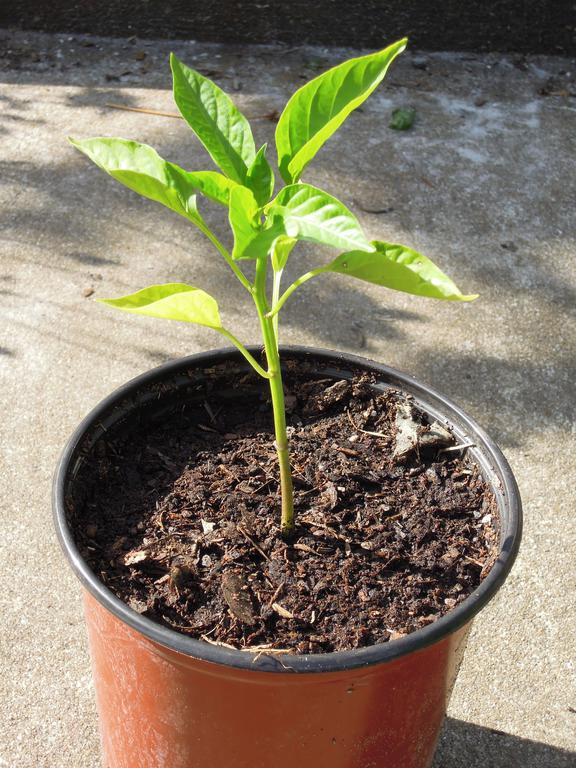This is another post that is not directly food related but is a Homesteading skill you might want to learn.
There is yet another blight going through my area killing off Blue Spruce trees. A few years ago I lost about twenty White Pines on the property. These were all trees planted as Christmas Trees by my wife's grandfather about sixty-seventy years ago. They were huge and a lot of work to cut down, de-limb, cut up and split for firewood, and burn all the branches. Now I am doing the same with seven, so far, huge spruce trees.
The trunks were fairly straight and 18-30 inches in diameter. I thought it would be a huge waste to cut these trees up for firewood. So I went online and ordered a Granberg Chainsaw Mill through Northern Tools. You can view the mill in action at: Mill
I was just experimenting today and used the worst of the logs I had. I didn't take pictures of the process, unfortunately. The Mill took about thirty minutes to put together; the instructions were more than adequate. I didn't buy the Mill Rails that the company wants to sell you, I used a 2x6x10 that I had in my shed. I can see how the rails would make the job easier and the cuts straighter.
I used four inch deck screws to secure the 2x6 on top of the log. I adjusted the depth of the cut to try to get the largest timber possible. As it turned out, I was able to produce a 6.5x9 inch timber.
The saw I was using is an old Sears Craftsman 18" chainsaw that I recently repaired and got back into use. It is woefully under powered for milling but pine is soft and I had all the time I needed. It also does not have the recommended ripping chain and bar, I used the standard crosscut chain and bar. I did have trouble keeping the saw running, it kept stalling out, but otherwise it did a surprisingly good job.
Here is the result:
I have to say that the process is pretty easy if you are experienced using a chainsaw, take your time, and let the saw do the work. I have no intended use for this timber, I just wanted to try out the mill.
I made the top and bottom cuts with the Mill but cut the sides free hand after scribing a line down each side. I am quite happy with the results and know that with more experience I will be able to turn out some good planks and timbers.
The Mill is plenty fast enough to cut some planks and timbers for projects. With the correct saw, chain, bar and maybe putting the log up on a platform, you could produce quite a bit of almost free, usable wood. It took me about 30 minutes to cut this timber and it was my first attempt with an under-powered saw. I think I could cut the timbers for a cabin, shed, or other structure in a couple days if I had access to the trees. Slab planks would be even easier and quicker for flooring and siding.
This mill is obviously very portable so you could take it into the woods and cut your lumber and timbers on site. That makes the product a lot easier to carry out. The log I started with was a couple hundred pounds. This timber was about 125lbs, which I can easily carry.
I used about a tank of gas to produce this timber; that's about a cup and a quarter of oil/gas mix. That is not too bad.
I cut up the four slabs cut off the outside of the timber for fire wood. I will run the bark through my chipper/mulcher for high quality mulch. So you really get to use every part of the tree trunk.
If you have access to trees, you can produce good quality lumber with this simple rig. There are fancier mills out there and they might do a better job. But the Granberg Mill is affordable; they are going for $159 at the time of this writing.
If you don't have your own woodlot, you can get trees for free from Craigslist and you can talk to utility companies and tree removal companies in your area. They usually have no interest in hauling out the trees if someone is willing to come and get them.











